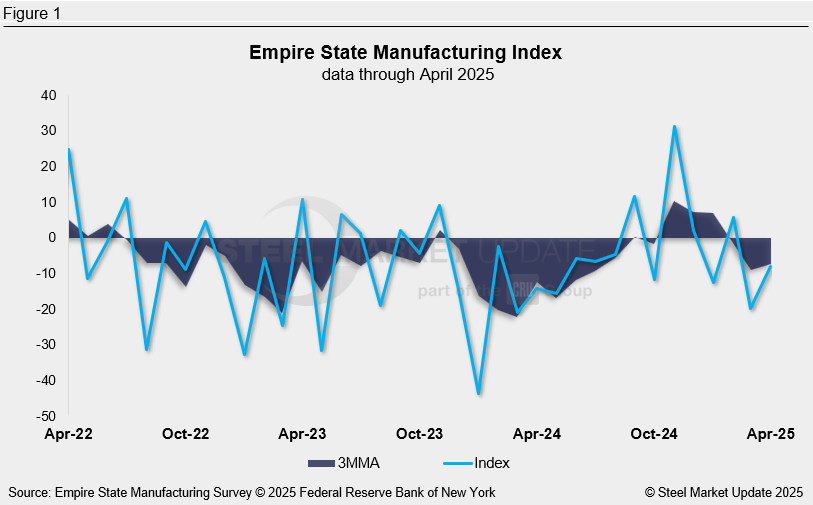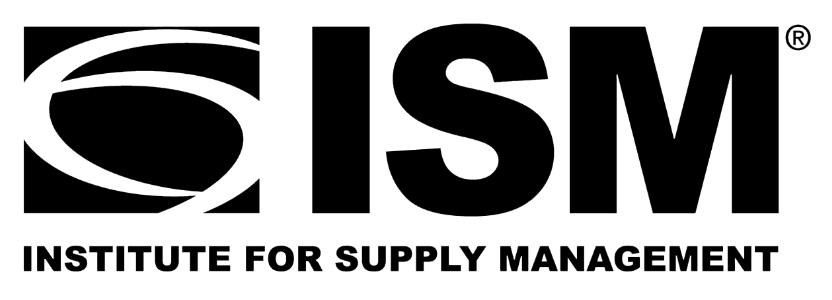Economy

New York state manufacturing index drops again in April
Written by Stephanie Ritenbaugh
April 15, 2025
Business activity declined for the second month in a row in New York state, according to the latest Empire State Manufacturing Survey from the Federal Reserve Bank of New York.
Firms turned pessimistic about the outlook, with the future general business conditions index falling to its second lowest reading in the more than 20-year history of the survey.
The survey found new orders fell modestly, and shipments edged lower. Delivery times held steady, and supply availability worsened. Inventories continued to expand. And employment was little changed, while the average work week moved lower.
“Input and selling price increases picked up to the fastest pace in more than two years. Firms turned pessimistic about the outlook for the first time since 2022,” said Richard Deitz, economic research adviser at the New York Fed.
After dropping steeply in March, the general business conditions index rose 12 points but remained below zero at -8.1. This is a diffusion index, where a positive reading signifies expansion from the prior month, zero indicates no change, and a negative reading signifies contraction.

An interactive history of the Empire State Manufacturing Index is available here on our website.

Stephanie Ritenbaugh
Read more from Stephanie RitenbaughLatest in Economy

Construction adds 13,000 jobs in March
The construction sector added 13,000 jobs, seasonally adjusted, in March, but tariffs could undermine the industry.

Supply chains, end-users brace for impact from tariffs
Supply chains are working through what the tariffs mean for them

ISM: Manufacturing expansion loses steam after two months of growth
US manufacturing activity slowed in March after two straight months of expansion, according to supply executives contributing to the Institute for Supply Management (ISM)’s latest report.

Chicago Business Barometer rose to 16-month high in March
The Chicago Business Barometer increased for the third-consecutive month in March. Despite this, it still reflects contracting business conditions, as it has since December 2023.
